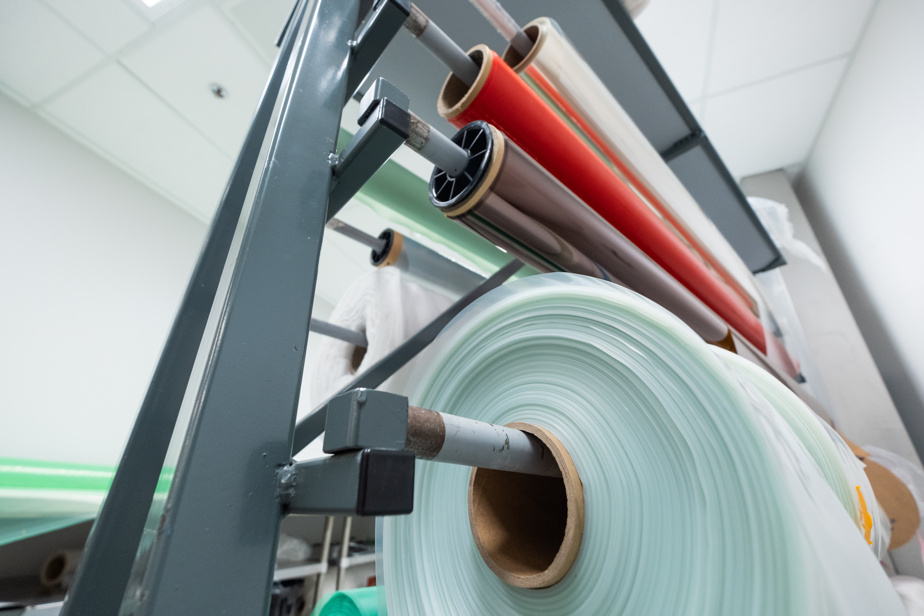We find them in trains, bicycles and hockey sticks… Composite materials are almost everywhere. Due to a lack of means to recycle them, they are often destined to landfill at the end of their useful life. The Center for Composite Development of Quebec (CDCQ) at Cégep de Saint-Jérôme intends to find a solution to this problem.
Since 1989, the CDCQ has specialized in the research and development of thermosetting composite materials. “We have two mandates: meeting the needs of businesses and training a qualified workforce,” explains Janic Lauzon, general director of the center.
Thermoset composites like fiberglass or carbon fiber are as durable as they are lightweight. “We can make parts as light as aluminum and with a warranty of up to 50 years,” emphasizes Janic Lauzon.
Recovering these parts is not easy, however. To make them, we join two distinct fibers by impregnating them with an additive, such as polymer resin. “Once this reaction has taken place, the material no longer separates,” explains Janic Lauzon. It is difficult, then, to recover the different components of these materials, even if they could still be used. However, it is a challenge that the CDCQ has chosen to take on.
Many parts made of composite materials are now reaching the end of their life cycle, points out Janic Lauzon. “As composites mainly arrived in the 1960s, we are arriving at a period where more and more parts will go to landfills. »
This is, among other things, the case for wind turbine blades, which are made of fiberglass and carbon fiber. A significant number of blades are now reaching the end of their useful life, and are already starting to accumulate in landfills. This purpose is, however, avoidable.
Over the past 10 years, CDCQ has developed ways to extract fibers from composite materials. “We then generate used fibers and resin, and we give them a new life,” reports the general director of the CDCQ. The center even demonstrated the feasibility of this method by building a used carbon fiber train skirt for Alstom Canada.
The CDCQ now knows that designing new materials from recycled fibers is possible. His next challenge? Encourage companies to invest in valorization projects. Because to date, recovering used composites costs more than sending them to the landfill, notes Janic Lauzon.
The CDCQ is currently working on a platform that would identify the various deposits of composite materials at the end of their useful life. “Because no one will be interested in investing in a factory if we don’t know the volumes of these materials,” continues Janic Lauzon.
In its mission to divert composites from landfill, the CDCQ works closely with the Regroupement de l’industrie des composites du Québec (RICQ), which brings together around a hundred companies in the sector. The CDCQ and the RICQ will look further into this issue on November 8, during their biannual conference. “Valorization is a priority for both industry and research, and we are working on this together,” assures Janic Lauzon.
